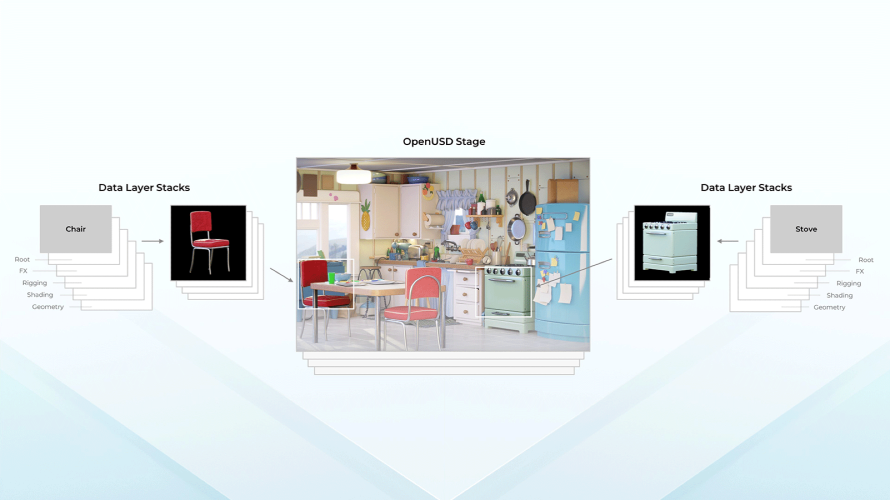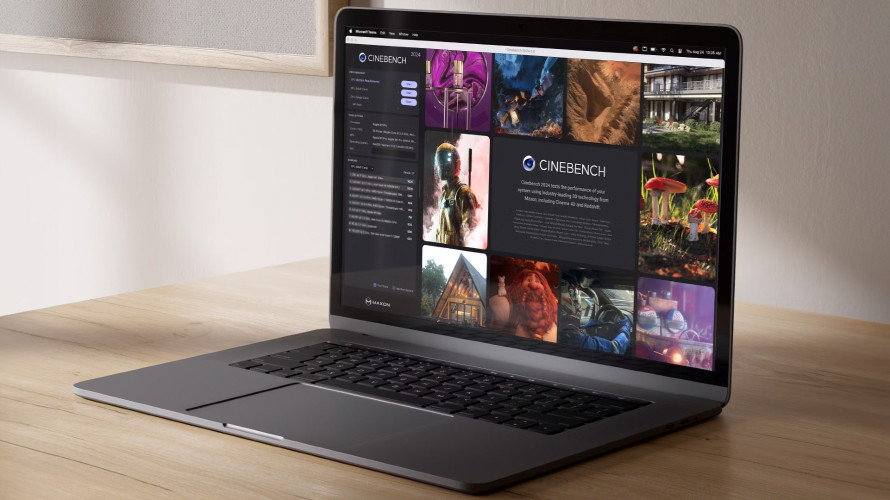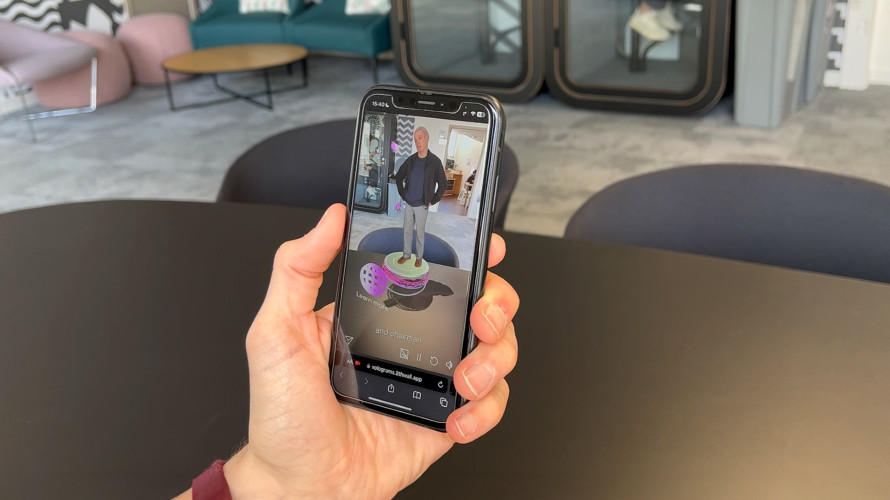Last year was predicted to be the year when 3D would leap forward or flop. History is littered with short periods of interest and development only for 3D to drop off the scene again. 3D Diaries has maintained that this time it’s different as now nearly all the right technologies are available – the only missing link being a practical autostereoscopic screen.
Although there are no signs of a mass TV takeover, and none is expected in the medium future, 3D has had a good year. It is becoming clear that for certain programme genres, including events and sports, 3D can add significantly to the viewer experience. The most assured area is the rare big event that will have a long-term interest – such as the Kate and Harry’s splendid wedding. The truth is that a 3D view conveys more information to the viewer and although everyday TV material soaps, news, etc, contain everyday scenes, the one-off event is exceptional. So 3D adds to the value and who knows, one day the last piece of the chain will be there so we can watch without glasses. 3D is the system for posterity.
While some people feel they cannot get along with 3D and will just watch 2D forever, 3D continues to convey far more feeling of what it was really like to be there. It is a preferred archive format as viewers will want to learn everything they can about what happened 5, 10 20 years ago and 3D is the format that does that.
Other big 2011 events included the Wimbledon tennis finals that were deemed a great success. Tennis seems to work well for this sport, partly because it takes place in a relatively small area. Likewise the ‘Strictly’ dancing final was broadcast in 3D.
Looking forward, Panasonic, IOC and OBS have announced a ‘Worldwide Partnership’ for the first live 3D Olympic Games at London 2012. Once again this a big world event and deserves 3D coverage. If you doubt this, let’s put it the other way around, how would you feel if it was not shot in 3D?
It has been noted that many of the biggest 3D protagonists have been the TV set manufacturers who were hoping that the droves who had just invested in big HD and HD-ready sets were now willing to shell out again, with even more money, for 3D sets... and glasses. Like the cinema audiences, TV viewers also are counting the pennies and so will not be buying just to add 3D, but will wait for the normal set replacement period. In addition the active / non-active glasses debate has put people off as it has been a confusion. Now there are both types available. Neither is perfect but the passive glasses have far less flicker. I have noticed a growing preference for these and you can count me in as a ‘passive’ voter.
In 2011 we saw audiences in the USA apparently curbing their enthusiasm for 3D movies. Such was the conclusion of the pundits as they eyed figures showing that a lower percentage of the audience chose to watch the 3D version than was the case for 2010’s big blockbusters. In fact, what this meant was that fewer were willing to pay the premium for 3D for the 2011 (not quite so big) blockbusters, which, in harder times, may just be enough to make the difference. It did not mean that people necessarily preferred to watch 2D.
This reduction of 3D interest in North America was also apparent in its pattern of TV sales, as shown in the recent NPD DisplaySearch Quarterly TV Design and Features Report. The report shows 3D set sales at about 8% of all new sales as this market favours large, inexpensive TV sets with fewer features. Japan is in a similar position with around 7% 3D sales. Both are up from under 5% a year ago but Western Europe and China have leapt from similar initial levels to around 18% in Q3 2011. The worldwide figure is about 12%. Of course the extra cost of 3D is a barrier but that has been lowered over the last 12 months, and is surely a factor in the increased proportion of 3D sales.
TV set manufacturers are continuing to pile money and technology into new 3D sets. Among the flood of product announcements at CES 2012 in Las Vegas was one for a LG TV that is full of big features including an 84-inch screen and what they call Ultra Definition (UD) TV that, at ‘4K’: 3840 x 2160 pixels, they claim is four times the resolution of HD (surely 2x1960 = 3920?). This is way down on the traditional CES ‘biggest screen’ contest that seems to have topped out at around 200 inches – where the market must be tiny – but throws everything bar the kitchen sink at producing a great 3D experience in a commercially acceptable package. Being from LG I assume it includes passive glasses – meaning the necessary polarising filter is on the screen. In other models this filter is fixed so that alternate lines are assigned to left and right eye images... meaning that some vertical definition is sacrificed. The UD system should fully compensate for that. There is also 3D depth control and 3D sound ‘zooming’ both of which could be a good idea – if sensibly used. There is also built-in 2D-to-3D conversion where one can hope for miracles but, probably, it has not happened yet.
Another major 2011 event was the approval or the second DVB 3DTV standard, known as DVB-3DTV Phase 2a which allows both 2D and 3D versions of a programme to be broadcast within the same video signal. This ‘service compatible’ system means that new ‘Phase 2a’ 3D TVs and STBs can receive 3D programmes while existing 2D HDTV receivers and set-top boxes can deliver the 2D version.
Without a spectacular rush to the shops filling every home with 3D sets, 2011 still showed significant growth in 3DTV sales and more programme making. In the UK at lease, there is now a growing core of TV and film professionals with 3D training and experience, and the number of Sky3D subscribers is increasing, but Sky won’t say by how much. There are also more 3D broadcasts now available. 3D was certainly not broken in 2011, nor was it ‘made’. Expect continued growth in 2012.


























